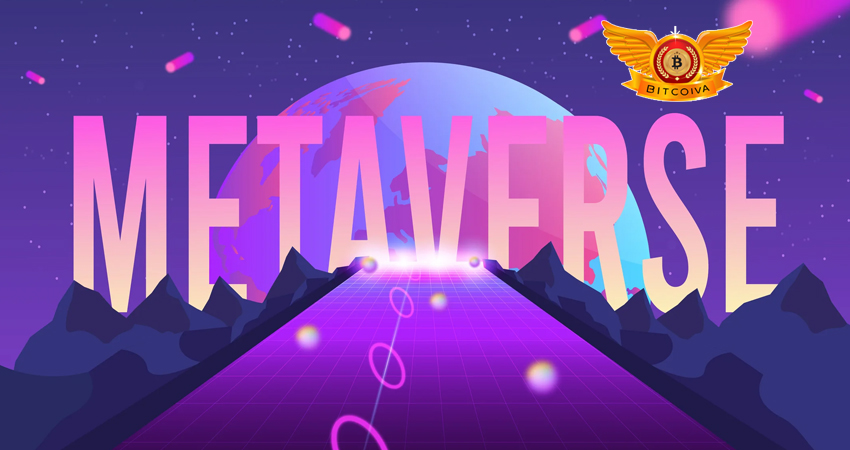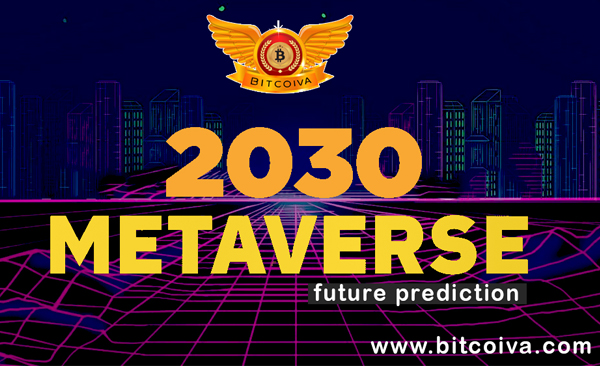The internet has evolved over time, and the result of this evolution is the metaverse. We live in a time when a significant change in human history is taking place. Our real lives are bound to spill over into the metaverse. The term metaverse was coined by Neal Stephenson in 1992.
It is a virtual reality/augmented reality universe that allows you to make virtual social connections. Science fiction novel ‘Snow Crash,’ in which he envisioned lifelike avatars meeting in realistic 3D buildings. And other virtual reality environments. But this virtual world gained popularity when Facebook, now known as Meta, adopted the new moniker. Based on the sci-fi term metaverse to describe its vision for working and playing in a virtual world.
What Exactly is the Metaverse?
The term “metaverse” does not denote or refer to any particular type of technology. But rather to a broad shift in how we interact and communicate with technology in this rapidly changing world like the crypto exchange India. And it’s entirely possible that the metaverse will eventually become obsolete, even as the technology it once described becomes commonplace.
Virtual reality (VR) is characterized by persistent virtual worlds. That continues to exist even when you’re not playing. And augmented reality (AR) combines features of the digital and physical worlds. These are two technologies that make up the metaverse. It does not, however, require that those spaces be accessed solely through VR or AR.
A metaverse is a network of 3D virtual worlds. That focuses on social connection, and it is a simulated digital environment. That uses augmented reality (AR), virtual reality (VR), and blockchain. Along with digital media concepts, create spaces for rich user interaction that mimic the real world.
Metaverse at Present
The metaverse represents nirvana for technophiles: A place where you can immerse yourself in any digital world. And participate in any physical reality at any time – and also see and feel anything, even if you are thousands of miles away from that real place.
Metaverse’s digital economy is also expanding. Individuals can now create, buy, and sell goods. And, in more idealistic metaverse visions, it’s interoperable. That is allowing you to transport virtual items like clothes from one platform to another. In the physical world, you can go to the mall and buy a shirt to wear to the movies. Metaverse may enable you to create a persona that you can take with you wherever you go. Similar to how you can copy your profile picture from one digital space to another.
Meanwhile, when the COVID pandemic ravaged the world and grounded economies. It was the internet and the resulting Work from Home (WFH) technology aids. That helped businesses stay afloat and, arguably, even rapidly expand. Following the pandemic, various sectors, including education, have radically changed and become more technologically intensive.
In short, the metaverse has the potential to further disrupt many industries by introducing virtual reality (VR)-based wearables. These wearables will transport users to a different virtual world from the comfort of their own homes.
People will be able to interact without having to endure long commutes, breathe polluted air, or dress up for various occasions. Children will be able to study different subjects and modules at their own pace. Broadening their horizons beyond what the traditional curriculum allows.
Post-work routines such as watching movies or socializing with friends will have virtual alternatives without the hassles of the real world. Simply put, the metaverse’s possibilities are limitless.

Metaverse in 2030 – Future Prediction
As the metaverse concept begins to incorporate Web3 technology. Enabled by blockchain technology, the future metaverse will resemble our real world in many ways and may even replace some real-world activities.
Some metaverse non-fungible token (NFT) vendors have already made their NFTs usable in metaverse games, such as clothing and footwear, and more are planning to enter the cryptocurrency market.
A growing number of NFT fans see opportunities to invest in virtual lands on such games and sell or rent them for a fee. The future metaverse could also be a significant contributor to the growth of the virtual economy, which is based on video games and virtual worlds where disruptions are minimal.
As a result, both users and creators benefit greatly, and this can be amplified if non-fungible tokens (NFTs) are incorporated into in-game assets, allowing for virtual economy decentralization.
Today, we have a nascent version of the metaverse, with digital goods such as NFTs representing popular art and digital memorabilia being devoured by investors and cryptocurrency India fans alike.
With major players like Meta entering this space and confidently indicating that it may be the new future, it is only a matter of time before other entities follow suit.
Visit us at: www.bitcoiva.com

